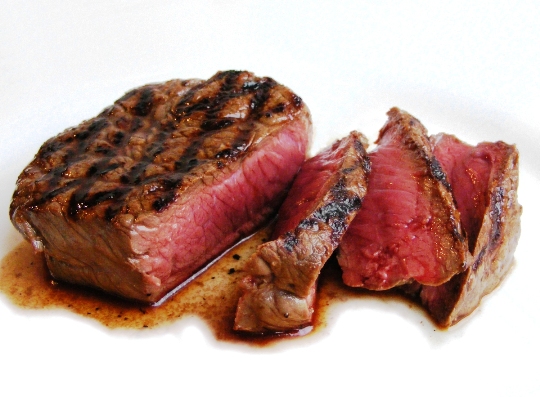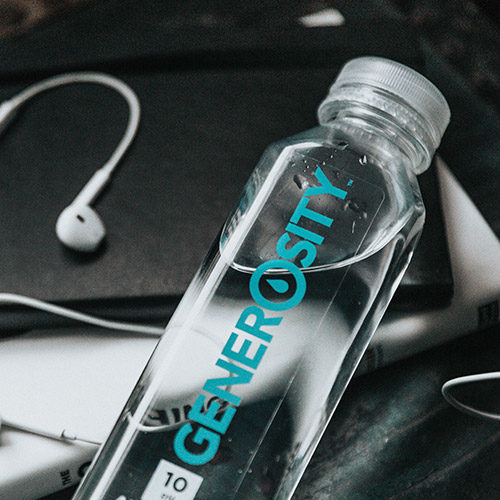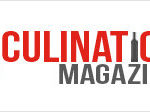It’s an old adage that is only sometimes true: less is more. In the hospitality business, especially when it comes to food service, the name of the game is often striking the delicate balance between luxury for your guests and cost-effectiveness for your business. Sometimes, less is more; and sometimes, you can even do more with less.
Offering high-end items—whether it be a particular brand of toiletries in bathrooms, certain cuts of beef on the menu, or a specialized service—is a sought-after practice in many businesses because premium products often translate to happier customers and additional revenue. However, they can come at a price.
When choosing whether to include indulgent products as part of your business practices, one approach to consider is maximizing product applications: the idea that you can do more with less, rather than settle for the idea that less is more. This method can allow you to give your guests the luxury products and services they desire, while maintaining your bottom line.
Here are some great ways to integrate this practice into your operation:
If you want: steak
Maximize: value cuts
Beef products are a great example of how to maximize product applications. Although offering meat is a luxury in its own right, using less expensive cuts, or applying higher end cuts in efficient ways, can allow you to cut food costs while maintaining quality. For example, choosing to offer skirt steak or carne asada rather than strip or sirloin cuts in certain dishes is a great way to keep guests’ meat cravings satisfied all while keeping in line with your budgeted food cost.
If you want: fresh fruit
Maximize: cost effective fruit that’s in season
Like beef, fruit is another commodity that can be considered a premium, depending on what is served, and especially, when it is served. Seasonality is the biggest factor in fruit pricing so knowing when items are in peak season can significantly help lower your cost. Efficiently using fruit—like in salads, as a garnish or as a side dish—can increase the use and therefore volume, for a single product.
If you want: to get creative with breakfast
Maximize: food you already use
Omelets and frittatas are great examples of places to use surplus ingredients. For these two breakfast menu items, inclusions can be almost anything. Various fresh vegetables, different cheese items, and even specialty meat cuts can all be incorporated into a fantastic breakfast frittata. Using what is available can also be applied to meals in general. Say you regularly (as many kitchens do) use eggs, flour, sugar and meats in everyday cooking. These commodities can be used to create another meal option entirely — think pot pie — and you have another way to cross utilize ingredients and get the bonus of buying in bulk, which can save you money while giving your customers another option for a tasty meal.
These are just a small taste of the many ways that product maximization can make your business better for you and your guests. It allows you not to be chained to the idea that less is more, but frees you to do more with less. Using this practice in combination with other Source1 recommendations and strategies will not only allow you to efficiently use what’s already in your kitchen—but grant you access to the most cost-effective prices to those products.











